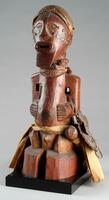26 UMMA Objects
26 UMMA Objects
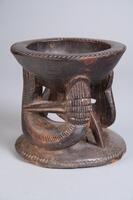
Yoruba (Yoruba (culture or style))
Bowl
1901 – 1999
Gift and partial purchase from the estate of Kurt Delbanco in honor of Nicholas Delbanco
2017/1.669
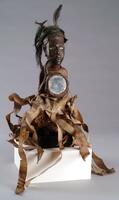
Yombe (Yombe (culture or style))
Power Figure
1850 – 1899
Gift of Candis and Helmut Stern
2005/1.191

Yaka (Yaka (Kwango-Kwilu region style))
Figure
1915 – 1925
Gift of Candis and Helmut Stern
2005/1.193

Yoruba (Yoruba (culture or style))
Diviner's Staff
1901 – 1999
Gift of Candis and Helmut Stern
2005/1.238
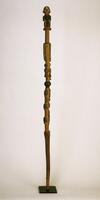
Kongo (Kongo (culture or style))
Staff
1900 – 1950
Gift of Margaret H. and Albert J. Coudron
2001/2.42
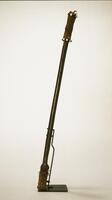
Kongo (Kongo (culture or style))
Staff
1900 – 1950
Gift of Margaret H. and Albert J. Coudron
2001/2.73
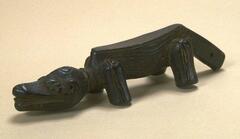
Kuba (Kuba (Democratic Republic of Congo style))
Rubbing Oracle
1920 – 1930
Museum Purchase made possible by the Friends of the Museum of Art
1988/1.131
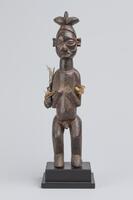
20th century
Gift of Robert M. and Lillian Montalto Bohlen in memory of Nancy Turner Bohlen
2015/2.180
Loading…

